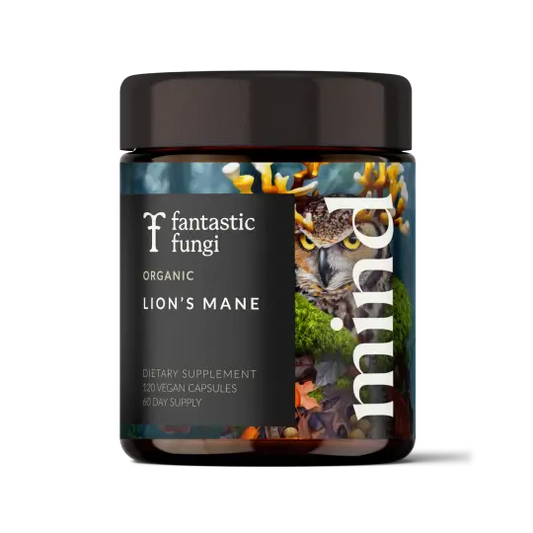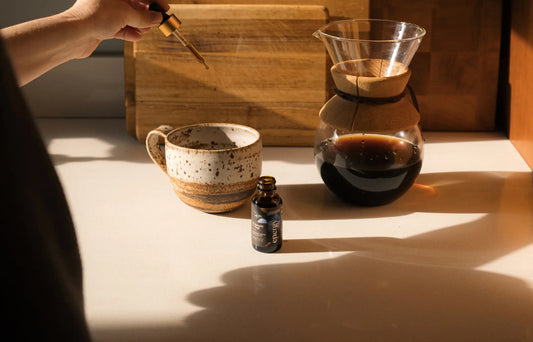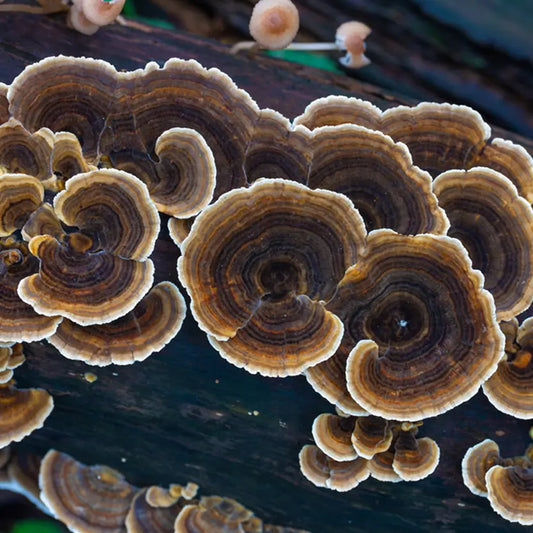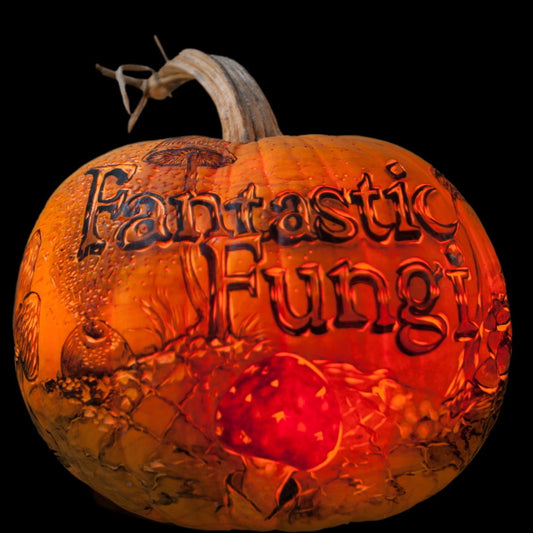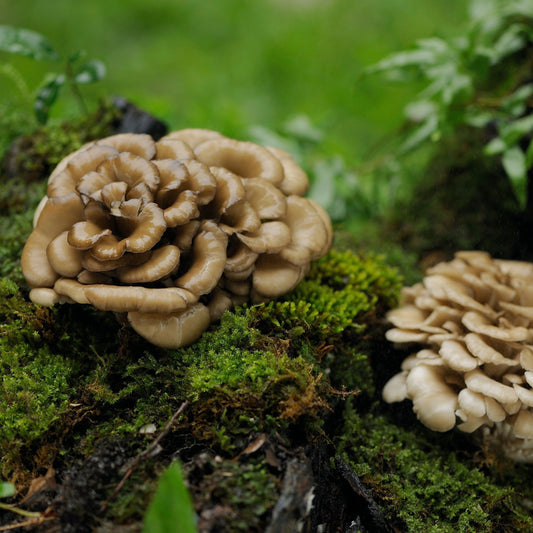
Here’s Why You Should Make Room for Maitake
Botanical name: Grifola frondosa
Common names: Hen of the woods, dancing mushroom
Habitat: Eastern North America, Europe and Asia
Traditional uses: Supports cell health,* supports immune health,* promotes Qi (in Traditional Chinese Medicine)*
Fun fact: This mushroom was so valuable in feudal Japan that it was worth its weight in silver.
These days, you can walk into a supermarket and easily find Maitake mushrooms all year round. Lucky us — these tasty and beneficial mushrooms are now relatively easy to cultivate.* They’re grown commercially on hardwood sawdust in sterile environments, then each pristine, feathery clump is packaged and ready for you to take home.
However, it wasn’t all that long ago that, in order to satisfy your craving for Maitake mushrooms, you’d have to forage them yourself. Until 1979, the mushroom successfully thwarted attempts at cultivation!
What should you know about Maitake — and why should you consider making room for it on your dinner plate? Keep reading to learn how Maitake earned its name(s), the differences between wild and cultivated ones and six ways to cook these delectable fungi!
More about Maitake
Let’s start by talking about the name Maitake. It is actually the mushroom’s Japanese name (from the words “dancing nymph” and “mushroom”). The “dancing mushroom” earned that name because of how valuable it was back in ancient Japan. Can you believe it was worth its weight in silver? In 2023, an ounce of silver is worth about $23. Imagine buying a half-pound of Maitake for $184 — or earning that much as a mushroom hunter?! So why dancing mushroom? Because legend has it, finding a cluster of Maitake would elicit happy dancing (hello, payday!).
Maitake is also known as Hen of the Woods. (Not to be confused with Chicken of the Woods, which is a common name for mushrooms in the Laetiporus genus.) The former is gray, brown and white. It grows in overlapping featherlike clusters that resemble the back end of a hen. The latter are thicker and generally orange, yellow and white. They taste like chicken (thus the name).
Maitake was mentioned in the earliest Traditional Chinese Medicine texts, dating to the Han Dynasty era. TCM used Maitake similarly to Reishi mushroom (which, as “Queen of the Mushrooms,” was more revered). It was also used in traditional Japanese herbalism. It is still used today in the East and the West, for both culinary and health reasons.*
Commercial cultivation has increased Maitake’s popularity while making it more affordable and accessible. If you live in the US, you can forage this mushroom in autumn (the wild varieties are a bit tougher, with a stronger flavor). Next time you hit the Maitake jackpot, do a little happy dance — and know that you can dehydrate any surplus for extra-tasty broths and soups in the coming months.
You can also find Maitake mushroom supplements in our shop. Maitake is one of the mushrooms in our debut Mushroom Drops, Gratitude.
If you’re new to eating mushrooms or want to branch out from your usual Buttons and Shiitake, give Maitake a try. The texture is meaty yet tender, with a rich flavor that can win over even the most mushroom-hesitant eaters. (In our humble opinion…)
6 Super Simple Ways to Eat More Maitake
In pâté: Move over, avo toast! We still love you but we also love to change up breakfast now and again. Try spreading the Maitake Mushroom Pâté from our community cookbook on your morning toast instead. Savory, salty and packed with umami, you’ll love this simple dish.
Seared or grilled: Slice clumps of Maitake into half-inch thick slabs. Brush with olive or avocado oil, then season with salt and pepper. Cook in a skillet over medium-high heat or grill until nicely browned. You can also brush with your favorite sauce or marinade.
In a tart or quiche: For a simple lunch or brunch with friends, sauté Maitake with shallots, garlic and herbs, then tuck into a savory crust. If you have leftover pâté in the fridge, spread on a thin layer before adding the rest of your ingredients.
As the base for risotto: Season and sear your maitake, then break into clumps with a wooden spoon. Proceed with your favorite risotto recipe. This tip also works to impart a richer flavor to whole grains, from farro and couscous to quinoa and wild rice.
On pizza: Pre-cook your maitake to avoid making your pizza watery. They pair well with any allium, from leeks to garlic, as well as strong cheeses and winter squash.
In a salad: (Cook them first, of course!) Maitake are a match made in heaven for kale and other bitter greens. Whip up a fall salad with roasted squash or pumpkin, dried cranberries, pickled red onion, massaged kale and crunchy pumpkin seeds — with sauteed or seared Maitake and a mustardy vinaigrette.
Want more ideas? Bookmark these six ideas from Bon Appetit, too! The Soba and Maitake Mushrooms in Soy Broth sounds perfect for a chilly winter’s day.
Prep Tip: Maitake’s feathery, light-yet-hearty texture is part of their appeal. Use a small paring knife to trim away any tough parts. Then, use your hands to break into clusters. Start at the stem
